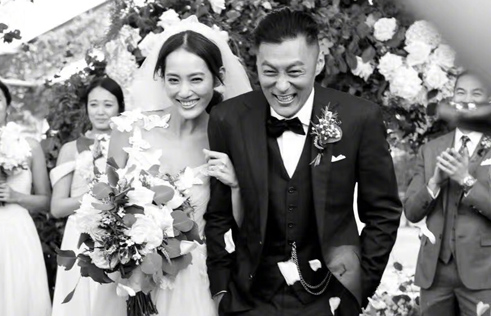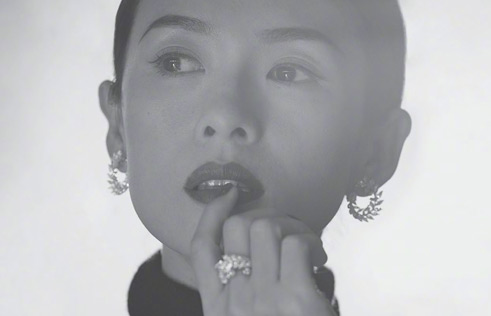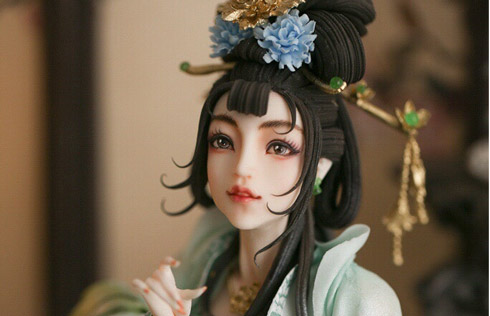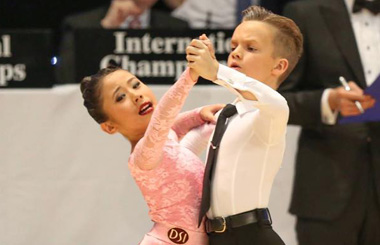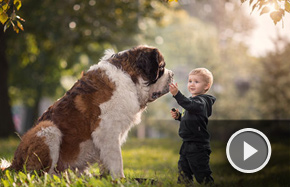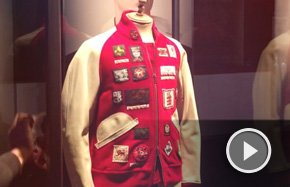Yangge
Haiyang Dayangge
Declarer: Haiyang city, Shandong province
Dayangge (literally "big yangge"), one of the three yangge forms found in Shandong province, is a collective folk dance incorporating songs, dances and operas. It is popular in Haiyang city, south of Shandong Peninsula. Since its rise in the Ming Dynasty (1368-1644), local people have been dancing it to celebrate festivals and important occasions. Its performance has a distinct local flavor and its formation is strictly structured into three groups: the leaders, the music band and the dancers.
Haiyang Yangge is grand in scale, involving many characters. It is comprised of solo dances, pas de deux and group dances, performing things such as riding a donkey and rowing a land boat, with lively, interesting and lifelike plots, which enjoy wide popularity among the masses of farmers and city dwellers.
Yangge in Northern Shaanxi
Declarer: Suide county, Shaanxi province
In northern Shaanxi province, the yangge is called "Nao yangge", and is mainly found in the Yulin, Yan'an, Suide, and Mizhi areas, with Suide being the center of Northern Shaanxi yangge.
The yangge team of each village dances to the rhythm of the drums. They dance either in large groups of a dozen to a hundred people, or in two or three-person groups. They dance to get rid of evil, to celebrate the coming spring and express their wish for a good harvest.
The santou (leading performer) must be good at singing traditional songs and composing new songs impromptu so as to respond to different occasions. When he sings, the others will repeat his last sentence. The performance is simple and lively, reflecting the simple, honest and optimistic personality of the local people.
Fushun Ground Yangge
Declarer: Fushun city, Liaoning province
Fushun Ground Yangge, also known as Manchurian yangge with its unique local characteristics, is most popular in the areas where the Manchu people originated. The dance formed in the early Qing Dynasty (1644-1911). It is similar to the Ground Yangge of Hebei in form, but the performers usually wear Manchurian clothes. The dance is free and brisk, imitating the valor of a tribe (Manchu) excelling in horsemanship and marksmanship, as well as the primitive life of fishing and hunting.



